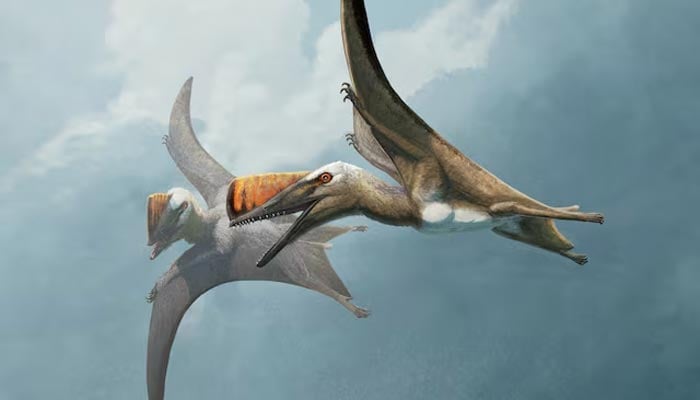Scientists have unearthed a well-preserved fossil skeleton of this newly identified species, named Skiphosoura bavarica, in a discovery that fills a major gap in the understanding of the evolution of pterosaurs — creatures that were important components of ecosystems during the age of dinosaurs. Skiphosoura lived toward the end of the Jurassic Period some 147 million years ago. It is anatomically transitional between the long-tailed and relatively small pterosaurs that originated roughly 80 million years earlier during the Triassic and the short-tailed ones that later would become the giants of the Cretaceous such as Quetzalcoatlus, whose wingspan rivaled an F-16 fighter.
"It's of huge importance," said paleontologist David Hone of Queen Mary University of London, lead author of the study published on Monday in the journal Current Biology , revealing how Skiphosoura provides insight into pterosaur evolution. "It also brings other pterosaur finds we had already made into focus, better explaining where they go in the family tree of pterosaurs and allowing us to show this transition from the early to late forms — and see what features were changing in what order," said Hone. The creature, whose scientific name means "sword tail from Bavaria," had a short and stiff pointed tail.
The specimen has almost every bone in the skeleton preserved in three dimensions, rather than crushed flat like many fossils. It was unearthed in 2015 in the southeastern German state of Bavaria. Skip.


















